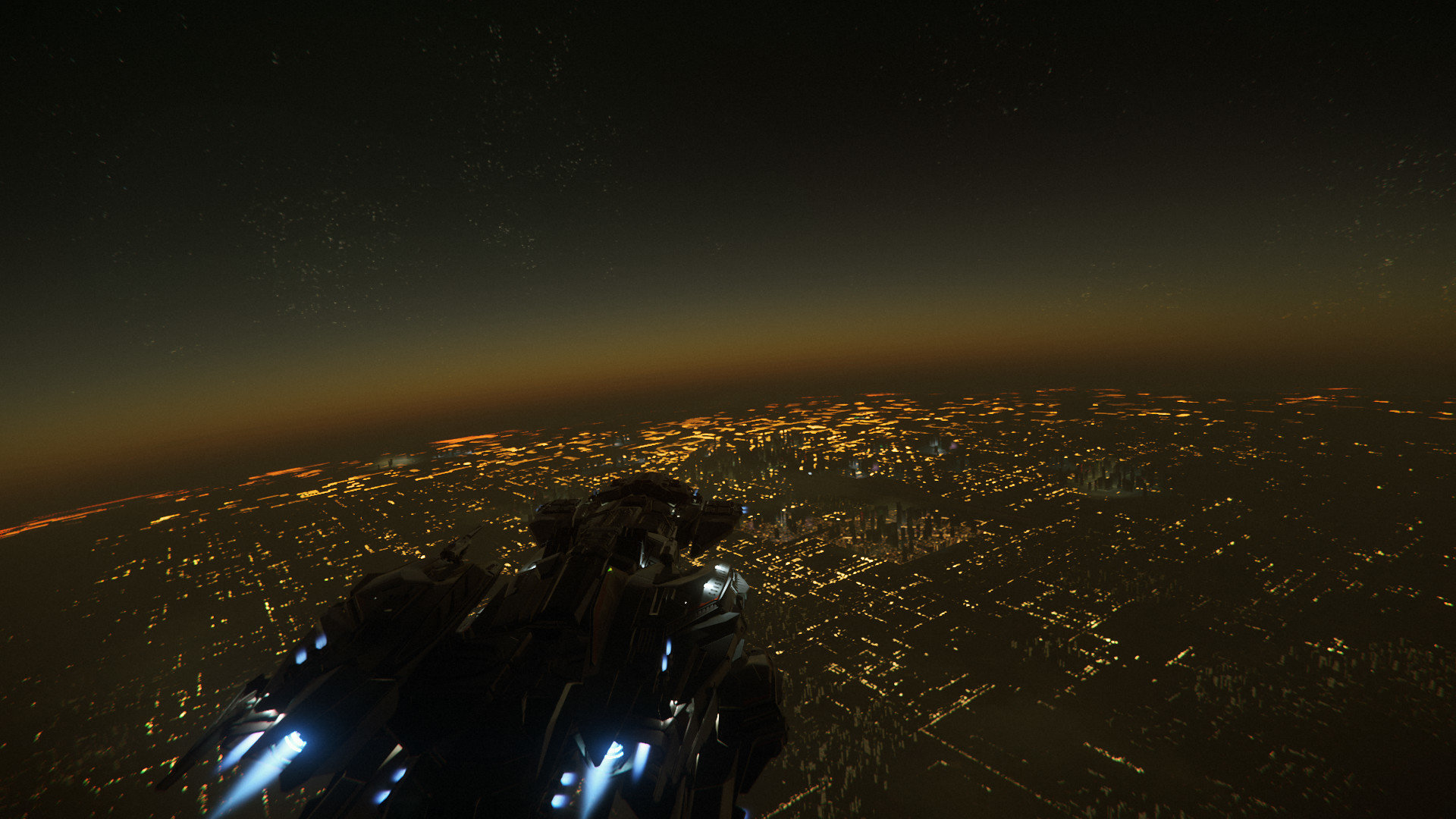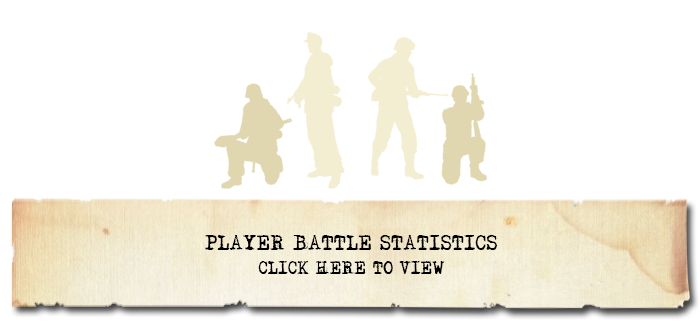FH2 CAMPAIGN #15 - THE LAST WINTER - HAS BEGUN

BATTLE #3 - BUTGENBACH - WILL START IN:
-
Posts
2,652 -
Joined
-
Days Won
180
Quicksilver last won the day on March 17
Quicksilver had the most liked content!
Personal Information
-
Country
United Kingdom
Recent Profile Visitors
The recent visitors block is disabled and is not being shown to other users.
Quicksilver's Achievements
-

FH2 Campaign #15 - The Last Winter: Battle #3: Bütgenbach
Quicksilver posted an event in Forgotten Hope 2
untilCMP FH2 Campaign #15: The Last Winter Battle #3: Bütgenbach History "Early on the morning of December 21, SS Panzergrenadiers, now supported by Nebelwerfers and heavy German artillery, slammed against the 26th’s defenses in and around Dom Butgenbach. The battle raged all day long and into the night, with the SS penetrating American lines repeatedly, only to be pushed back by American infantry, tank destroyers and artillery. At the end of the day, the veterans of the 26th Infantry still held their ground, and looked out on a battlefield strewn with destroyed German armor and scores of enemy dead. The dead SS Panzergrenadiers, many of them as young as 15 and 16 years old, were described by American patrols to be “as common as grass.” American graves registration counted some 782 German dead in front of the 26th’s positions alone. The burnt-out hulks of 47 German tanks lay scattered about the landscape, some of the vehicles burned for days after the fight was over. The following day, the 12th SS attacked the 26th Infantry again, this time with much less strength but in the same ferocious manner. Several German tanks made their way into the town, only to be knocked out by roving bazooka teams or American artillery. Many American survivors of the attacks made against Dom Butgenbach owed their lives to the divisional artillery of the “Big Red One.” The artillerymen supporting the riflemen on the line fired an astounding 10,000 rounds against the German attacks on the December 22 alone. Such was the ferocity of the artillery fire, that while several German tanks broke the lines, not a single Panzergrenadier managed to make his way close to the American defensive foxholes." --- --- --- -

Community Map Pack Updater doesn't work, have to CTRL+ALT+DEL
Quicksilver replied to BillLee's question in Technical Help
There's a good chance that your FH2 is not up-to-date. Can you please try "Repairing" your FH2 installation to make sure it is on the latest version, and then try again? -

FH2 Campaign #15 - The Last Winter: Battle #11 Hochwald
Quicksilver posted an event in Forgotten Hope 2
untilCMP FH2 Campaign #15: The Last Winter Battle #11: Hochwald History "To be posted soon....." MAP PICTURES HERE TO BE POSTED SOON -

FH2 Campaign #15 - The Last Winter: Battle #10 Hatten
Quicksilver posted an event in Forgotten Hope 2
untilCMP FH2 Campaign #15: The Last Winter Battle #10: Hatten History "To be posted soon....." MAP PICTURES HERE TO BE POSTED SOON -

FH2 Campaign #15 - The Last Winter: Battle #8 Herrlisheim
Quicksilver posted an event in Forgotten Hope 2
untilCMP FH2 Campaign #15: The Last Winter Battle #8: Herrlisheim History "To be posted soon....." MAP PICTURES HERE TO BE POSTED SOON -

FH2 Campaign #15 - The Last Winter: Battle #7 La Hardt
Quicksilver posted an event in Forgotten Hope 2
untilCMP FH2 Campaign #15: The Last Winter Battle #7: La Hardt History "To be posted soon....." MAP PICTURES HERE TO BE POSTED SOON -

FH2 Campaign #15 - The Last Winter: Battle #6 Verdenne
Quicksilver posted an event in Forgotten Hope 2
untilCMP FH2 Campaign #15: The Last Winter Battle #6: Verdenne History "To be posted soon....." MAP PICTURES HERE TO BE POSTED SOON -

FH2 Campaign #15 - The Last Winter: Battle #5 La Gleize
Quicksilver posted an event in Forgotten Hope 2
untilCMP FH2 Campaign #15: The Last Winter Battle #5: La Gleize History "To be posted soon....." MAP PICTURES HERE TO BE POSTED SOON -
untilCMP FH2 Campaign #15: The Last Winter Battle #4: Foy History "To be posted soon....." MAP PICTURES HERE TO BE POSTED SOON
-
untilCMP FH2 Campaign #15: The Last Winter Battle #2: Elsenborn Ridge History "The main drive against Elsenborn Ridge was launched in the forests east of Rocherath-Krinkelt on the early morning of 17 December. This attack was begun by tank and panzergrenadier units of 12th SS Panzer Division. 989th Infantry Regiment of 277th succeeded, after heavy and costly combat in the woods, in overrunning the forward American positions guarding the trails to the villages, capturing a large number of prisoners and leaving many small units isolated. By 11:00, this attack had driven units of 99th Infantry Division back into the area of Rocherath-Krinkelt. These units were joined by forces of 2nd Infantry Division moving into the villages from the north. The German attack swiftly bogged down against the heavy small arms and machine gun fire from the prepared positions of 99th Infantry Division on their flanks. The German infantry struggled to make their way through the dense woods and heavy brush in their path. The German forces also drew a rapid response from American artillery, who had registered the forward positions of their infantry. The artillery fired on the exposed advancing Germans while the American troops remained in their covered foxholes. The troops around the villages were assisted by tanks from 741st Tank Battalion, assisted by a company of 644th Tank Destroyer Battalion equipped with M10 tank destroyers, a company of 612th Tank Destroyer Battalion, and a few towed 3-inch guns from the 801st Tank Destroyer Battalion. They were instrumental in helping hold back the German advance in the fighting in and around Rocherath-Krinkelt. To the northeast of the 99th Division, the 1st Infantry Division had been recuperating near Liege, from nearly constant combat since it took part in the Normandy landings on 6 June. When the German counterattack broke the division hastily relocated to the unguarded southern end of the 99th's line near Bütgenbach. Troops from the 1st and 9th Infantry Divisions, moved into position to fortify Elsenborn Ridge and complete the defense. The 9th Division held positions on the northern portion of the ridge, in the vicinity of Kalterherberg." --- --- ---
-
untilCMP FH2 Campaign #15: The Last Winter Battle #1: Wacht Am Rhein History "The Battle of the Bulge (16 December 1944 – 25 January 1945), also known as Unternehmen: Wacht am Rhein, was a major German offensive campaign launched through the densely forested Ardennes region of Wallonia in Belgium, France, and Luxembourg on the Western Front toward the end of World War II in Europe. The surprise attack caught the Allied forces completely off guard. United States forces bore the brunt of the attack and incurred their highest casualties for any operation during the war. The battle also severely depleted Germany’s armored forces on the western front which Germany was largely unable to replace. German personnel and Luftwaffe aircraft also sustained heavy losses. The Germans’ initial attack included 200,000 men, 340 tanks and 280 other tracked vehicles. Between 67,200 and 100,000 of their men were killed, missing or wounded. For the Americans, 610,000 men were involved in the battle, of whom 89,000 were casualties, including up to 19,000 killed. It was the largest and bloodiest battle fought by the United States in World War II." --- --- ---





